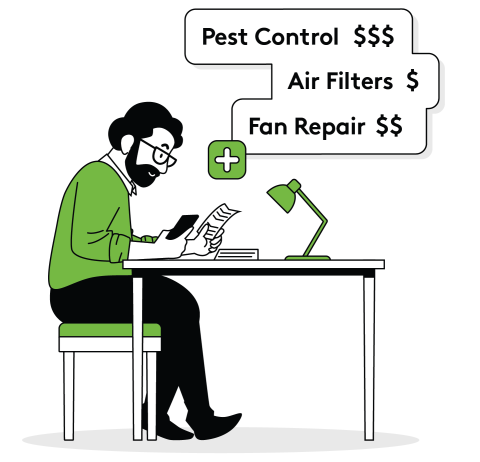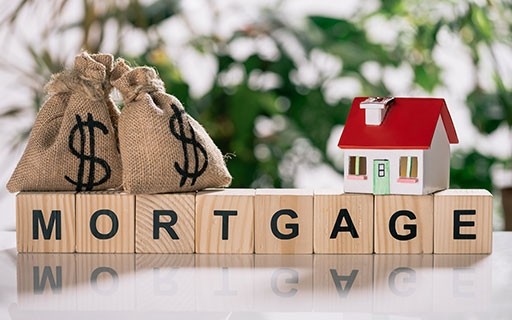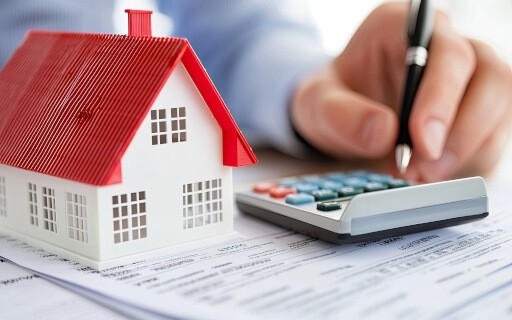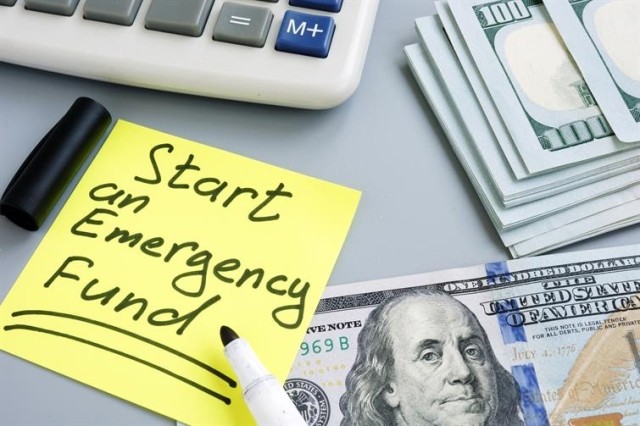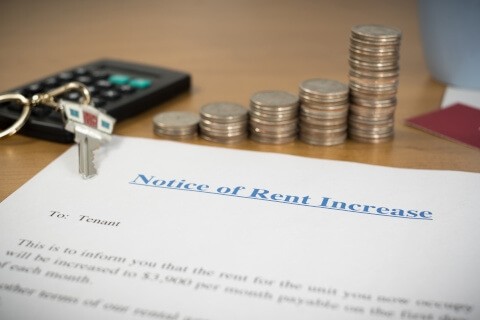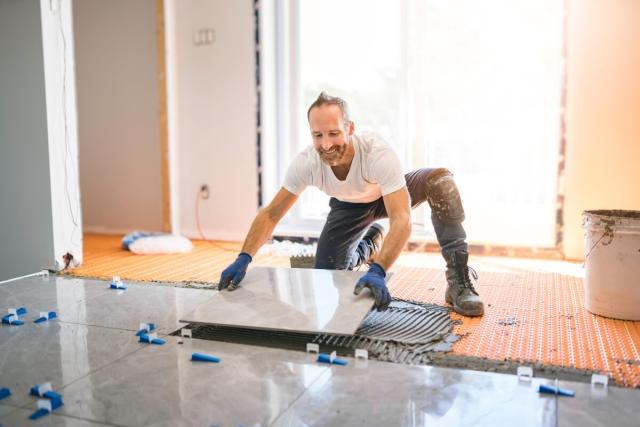
Key Takeaways
- Before renovating, make sure to determine your budget, research the competition, decide if you are DIYing or hiring professionals, and make a plan.
- When deciding what to renovate, stick to neutral styles and colors, don’t go overboard, and focus on durability and longevity.
- Seven ways you can renovate a rental property are:
- Replacing what’s broken
- Updating or cleaning flooring
- Painting the walls
- Focusing on the kitchen and bathroom(s)
- Changing fixtures and hardware
- Upgrading to smart or eco-friendly tech
- Increasing curb appeal with landscaping
Renovating your rental property can reduce maintenance and associated costs, keep your property comparable to competition, and justify a rent increase.
Rental renovations are highly customizable to suit your reasons and situation. From major overhauls to smaller upgrades, there are plenty of ways to ensure you’re keeping up with the surrounding rental market and increase your rental income.
How to Renovate Your Rental Property
Before you jump right into renovating, it’s important to research and make a plan:
- Determine your budget: figure out how much money you can spend on renovations. You can do as much or as little as you want; go big and completely redo the entire place or try some smaller, budget-friendly changes.
- Research the competition: see what other rentals in your area are like, including rent prices, features, amenities, and renovations. This can help you decide what to renovate so your property is competitive.
- Decide if you are going to DIY or hire professionals: weigh the pros and cons of DIY and hiring professionals to see which is right for you. DIY may help you save money but requires a lot of time and can cause issues if not done correctly. Professionals cost more but know what they are doing.
- Create a plan: make a plan that details exactly what you are going to do, what you want to spend on each renovation, and your timeline so you can keep the renovations under control.
What renters want: add popular amenities, features, and finishes
Before starting any renovations, research what renters want and consider adding those changes into your plan. In-unit laundry was the most popular amenity for many years until 2025, when A/C stole the crown. It’s not just amenities; many renters look for specific features and finishes. Hardwood floors, granite countertops, and stainless-steel appliances are hot among renters right now. Evaluate what you could add or update as you renovate your property to draw more renters in.
Renovation tips
Renovating a rental is a completely different ball game to home renovations. To make sure it goes smoothly and achieves what you want to do, keep these renovation tips in mind:
- Keep changes and style neutral so that it can appeal to many renters. You won’t be living here so try not to add your own style, which could deter renters.
- Don’t go overboard. Consider where your rental is located and comparable properties around you. You might miss the mark if you go overboard and end up attracting less renters.
- Focus on durability and longevity. Any renovations made should last for a while.
Now that you know a bit more about how to go about renovating a rental property, it’s time to explore ways to actually renovate.
1. Replace What’s Broken
Your first priority should be fixing anything that’s broken in the rental, whether it’s a faulty appliance, a malfunctioning doorknob, or a leak. While major repairs can be expensive, there are plenty of smaller, inexpensive repairs to do as well. A well-maintained property is much more appealing to renters.
2. Hire Professional Carpet Cleaners or Update Flooring
Flooring is one of the first things renters notice in a rental, so picking the right flooring is crucial. Hardwood flooring is highly desirable for its looks, durability, and being easy to clean. There are many affordable options that offer the same perks, like vinyl flooring.
If you have carpet and don’t want to replace it, then make it look new by getting it professionally cleaned. In addition to looking good, it signals that the rental is well taken care of, something that renters look for.
3. Paint the Walls
Painting the interior walls of your rental property between tenants is considered a best practice for most landlords. This keeps your rental looking new for potential renters while marketing your property, in addition to allowing you to track any wear and tear on the walls during each tenancy.
Stick with neutral paint colors in your rental, and be sure to use the same color throughout. Rather than express your individuality, this paint should be appealing to as many people as possible.
4. Concentrate on the Kitchen and Bathroom(s)
While renters can add their own furniture and style to many of the rooms, the kitchen and bathroom have the most permanent and prominent fixtures that they cannot change. From counters and appliances to bathroom vanities and tiles, you are the one who determines these items. However, it is important to be sure it is something that renters will love as it can make or break the space.
Pick neutral colors and simpler styles so these spaces appeal to many renters. It also helps keep the room looking timeless.
Kitchen
Granite and quartz countertops are hot commodities among renters. While these options can be pricey, many love them for the aesthetic and durability. For budget-friendly options, check out granite tile, prefabricated granite, porcelain, or ceramic. These can offer the same look without the high price point.
New appliances are popular too, particularly stainless-steel ones. Don’t fret too much if stainless steel is out of your budget. New appliances will need far less maintenance, and that is what matters most to renters.
Bathroom
For tiles and bathroom vanities, pick neutral colors and simpler styles that can go with anything. Large tiles make spaces look larger and modern, especially ones that resemble marble or stone. Vanities don’t have to be a statement piece. Minimalism and plenty of storage space can go a long way.
5. Change Fixtures and Hardware
If your fixtures and hardware are outdated, it might be time to replace them. This small, affordable change can have a huge impact on the look of your property.
You can go with the trends and pick what is most popular or you could go for a more timeless and classic look. Just make sure it fits with the style of your rental. An ultra-modern, matte black faucet will stick out in a farmhouse-style bathroom. Here is a list of potential fixtures you could swap out:
- Shower heads
- Lighting
- Cabinets and cabinet hardware
- Faucets
6. Upgrade with Smart Tech and Eco-Friendly Features
Renters want more than just a place to sleep; they want a home where they can feel comfortable and safe. Smart home technology adds a layer of safety and convenience to everyday life, from smart locks and smart thermostats to video doorbells and security systems.
Eco-friendly updates are also growing in popularity as well. Renters appreciate LED lighting and energy-efficient appliances. These improvements set your rental apart while saving you money.
7. Increase Curb Appeal with Landscaping
Landscaping can be a fantastic finishing touch that pulls together your property. It doesn’t have to be an entire yard redesign; a few low-maintenance potted plants or a neatly trimmed lawn adds to the curb appeal of any rental property.
This may seem obvious, but curb appeal is enticing to potential renters. A well-kept exterior shows you take care of the property.
Use Apartments.com Rent Comp Reports Before Renovating Your Property
Apartments.com Rent Comp Reports can help you determine which renovations make sense for your property’s location. This free resource pulls real market data from comparable properties to show you how your unit compares. You’ll get a clear picture of local rent ranges, current demand, and how long places like yours typically stay on the market; all paired with neighborhood insights such as schools and walkability.
This article was originally published on September 12, 2019.
FAQ
How do I calculate a reasonable rent increase?
Renovating your rental increases its value, which means you can increase rent. However, you can’t just pick a number; you need to calculate a reasonable increase. The renovations have to justify the increase while staying aligned with current market conditions and comparable properties.
Can I renovate a property while it is occupied?
You can renovate an occupied rental property but is not ideal as it disrupts renters. If you must renovate while tenanted, make sure to do your research and follow legal and recommended procedures.
How often should a landlord do renovations?
Ideally, landlords should do renovations every 15–20 years. A good rule of thumb is that renovations should be done when needed, like if the flooring is damaged, as well to maintain longevity.
